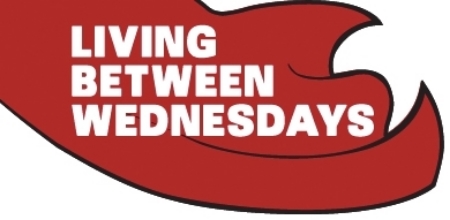Licensed To Ill
/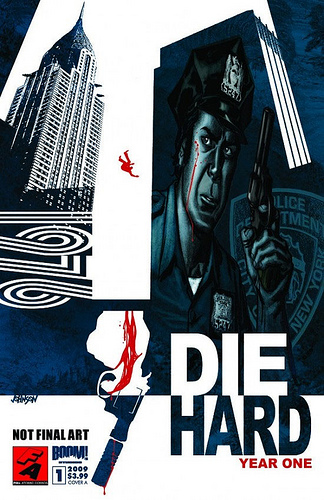
The latest issue of Previews contained a solicitation that caught me off guard; coming this August, Boom! Studios will be releasing a Die Hard prequel comic, set in 1976 and featuring the exploits of a rookie cop named John McClane in New York. Seeing as how Die Hard is one of my all-time favourite films, and a must-watch holiday standard in my household, I was certainly intrigued, but cautiously so—licensed books like this are usually something of a crapshoot, with the emphasis heavily on the crap. So, in the interest of keeping everything in perspective, I thought I’d examine the idea of licensed properties from other media coming to comics with two recent examples in mind—Dynamite Entertainment’s The Man With No Name series, and Boom! Studios’ The Muppet Show. These two examples are polar opposites in terms of subject matter and, some might say, quality, but I believe that between them, they highlight some of the specific challenges creators face when asked to adapt a popular movie or TV show to the comic format.
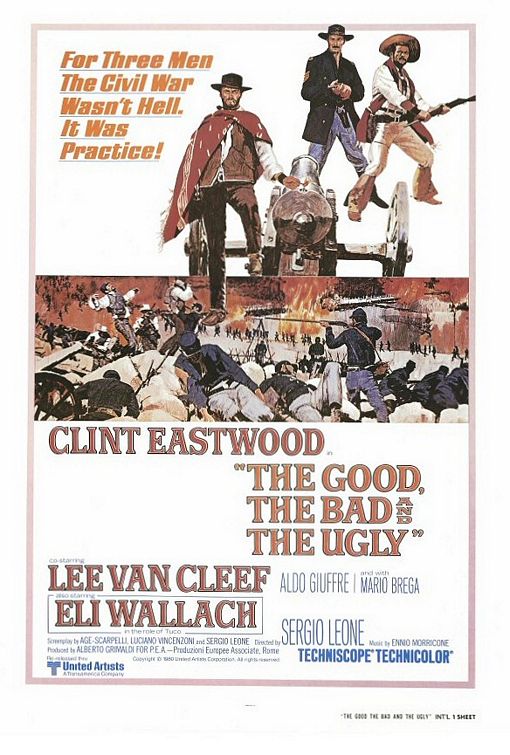
The Man With No Name comic series, written by Christos Gage and illustrated by Wellington Diaz, debuted in 2008 from Dynamite, following the continuing adventures of Clint Eastwood’s poncho-wearing, cheroot-puffing hero from Sergio Leone’s famous “Dollars” trilogy—A Fistful of Dollars, For A Few Dollars More, and The Good, The Bad, and The Ugly. This concept appealed to me even more than Die Hard does; while Die Hard is one of my favourite movies, The Good, The Bad, and The Ugly is my all-time favourite movie. However, the initial concept of a series based on Eastwood’s legendary gunslinger had me scratching my head a bit—I mean, technically, the whole “Man With No Name” thing was essentially a marketing gimmick that MGM struck upon when importing the Spaghetti Western series to the States. Eastwood is credited as playing “Joe” in A Fistful of Dollars, “Monco” in For A Few Dollars More, and “Blondie” in The Good, The Bad, and The Ugly, so you can’t really say that he has no name. In fact, with that in mind, you could even argue that he’s not even really playing the same guy in all three films. So, producing a book “starring” that character is a bit of a cheat, since he amounts to little more than a wardrobe, some props, and a predilection for stony silence.
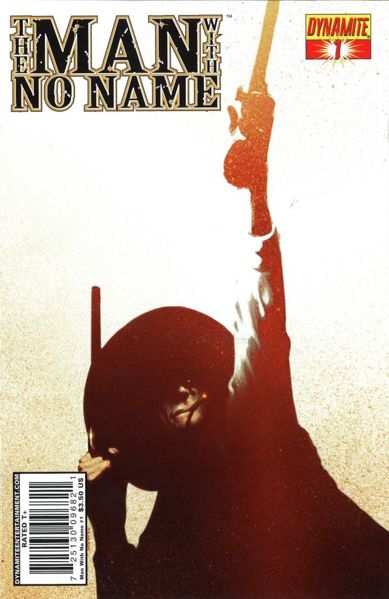
My initial misgivings proved to be correct, as The Man With No Name is merely a western comic featuring a guy who dresses sort of like Clint Eastwood in need of a serious haircut. However, he’s far more of a modern action hero, with lots more running, jumping, and firing of multiple rounds of ammunition than Eastwood ever did back in the day. It might have been wrong of me to expect the crazy-long stretches of silence, the intense staredowns that seemingly go on forever, and the decisive, expertly-placed single shots that end the showdowns in all the Leone pictures, but that’s what I expect from a story based on that property. The reason to watch those films isn’t Eastwood’s character (he’s a bit thin, after all), it’s the gallows humour, the eerie build-up to lightning-quick violence, the sardonic emphasis on greed and its inevitable consequences, and, of course, the unforgettable Ennio Morricone music. The Man With No Name (which, I understand, is soon being retitled as The Good, The Bad, and The Ugly) fails because it tries to sell a character when it should be selling an overall mood (as an aside, for a much better example of the genre being translated to comic form, check out Scott Morse’s 2004 graphic novel from Oni Press, the somewhat lazily-titled Spaghetti Western).
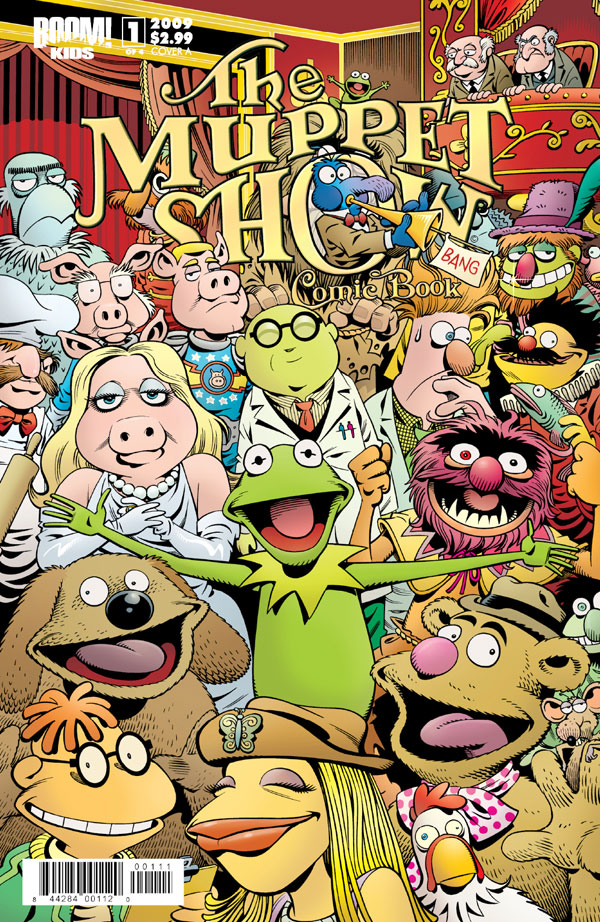
On the other hand, there’s The Muppet Show comic from Boom! Studios’ new Boom! Kids line. Written and illustrated by Roger Langridge, this four-issue series is an outstanding example of a licensed property making the leap to comics. Each issue manages the Herculean task of actually feeling like an episode of the original Muppet Show, combining backstage shenanigans with familiar sketches like Pigs In Space and The Swedish Chef (and, of course, copious heckling from Statler and Waldorf). Additionally, this title features possibly the best incorporation of original song lyrics in comics since Alan Moore’s use of music in titles like V For Vendetta and Top Ten. Langridge’s dialogue is sharp and funny and totally true to the Muppet characters, his stories manage to be both humourous and touching without being schmaltzy, and his artwork is at once simple, textured, and expressive. Additionally, it’s a suitable read for both kids and nostalgic grown-ups. This is a textbook example of how to do a licensed property justice—the final product feels like The Muppet Show, only being read instead of watched.
I am somewhat encouraged by the fact that The Muppet Show is being produced by the same publisher that will be bringing us Die Hard Year One this summer, but I still worry that this will just be a generic action comic featuring a guy named John McClane who kinda-sorta looks like a young Bruce Willis (I haven’t seen the interior art yet, so I might be way off). Maybe he’ll meet a young Holly Gennaro and they’ll talk about how they always wanted to go to L.A., or he’ll pass by a young, well-dressed Eurothug named Hans Gruber on the streets of New York and have a shiver of premonition. In any event, I strangely find myself hoping that the final result is more Kermit the Frog than Clint Eastwood.
